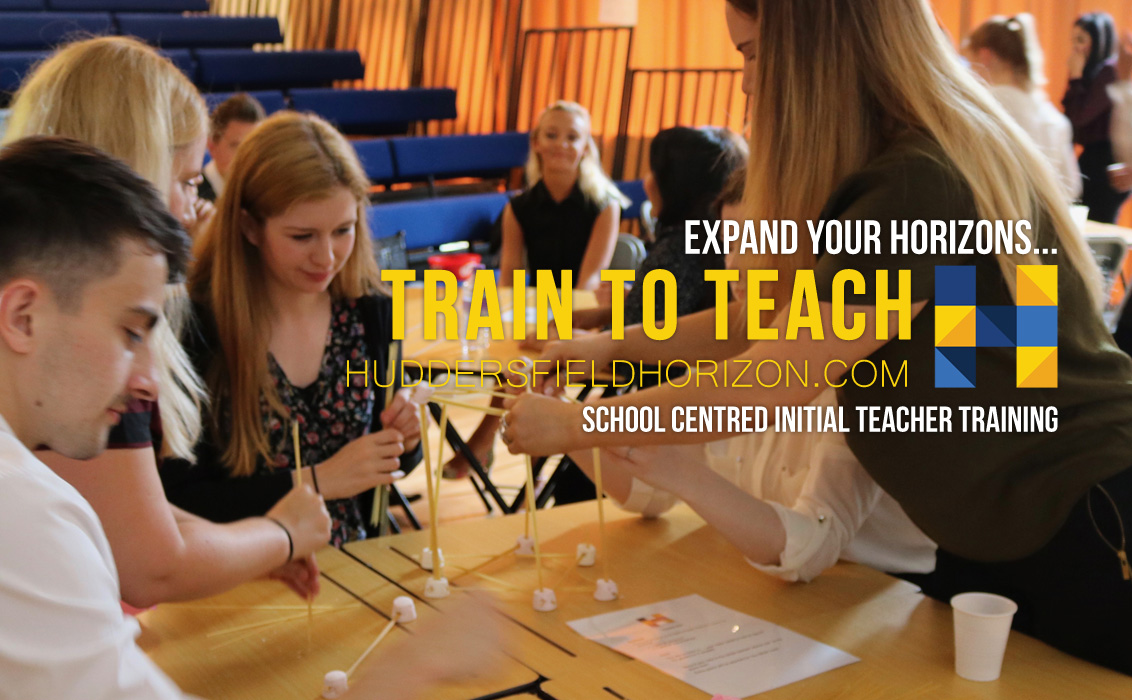
‘The first rule of teaching is good behaviour – if you can’t get students to behave, you can’t teach them.’ This is a sentiment I heard approximately 1000 times in my first few weeks of teacher training, alongside this brand-new concept (at least to me) of ‘behaviour for learning’. This seemed like very good advice, though it left me with two rather broad questions:
- How do I get students to behave?
- What exactly is behaviour for learning?
A quick (9 hour) google search took me down the rabbit hole that is @TeacherToolkit and I found this smashing piece on brilliant behaviour: https://www.teachertoolkit.co.uk/2014/10/25/brilliant-behaviour-by-teachertoolkit/
The whole point of BfL then, it seems, is to allow students to access the curriculum in a safe environment in which they have a good relationship with their teacher, who is consistent, respectful and knowledgeable. Sounds simple, no?
So, how does one create such an environment? Well, it comes back to that first point, getting students to behave. As a previous TA/Support Assistant, my idea of good behaviour involved not throwing things across the room, especially furniture, not swearing and not hitting each other. However, good behaviour is apparently way more complex than this, it involves students being engaged in the lesson, making clear progress as well as all that general behaviour stuff (not obstructing the learning of other, chair throwing, etc.). I then went to my mentor to find out just how this is achieved. These are the top tips I took away from that conversation:
- Greet students at the door with a massive smile on your face. There are many psychological reasons for this, for example, students are aware that they are passing into your territory, your smile suggests that each lesson is a fresh start and that you love being there, so they should too, right?
- Have something for them to do as soon as they come in. For my school’s English department that something is reading their personal reading books in silence, but this could easily be an on the board activity or something similar for other subjects.
- Tell them what your expectations are. Children aren’t mind readers, apparently, so we have to tell them, very explicitly, what we expect of them. If you want them to work in silence, tell them. If you want them to do handstands in the middle of the room, tell them.
- Reward and sanction appropriately. It’s probably best to stick to your school’s behaviour policy, though bear in mind that this is most likely a guideline, not a one size fits all agenda. The way you sanction or reward should be consistent throughout the school, but what you reward and sanction for probably depends on your subject, the activity and the student.
- Circulate the room when students are working independently. This again goes back to that whole, ‘it’s your territory’ thing, but it also enables you to check everyone is on task and target any low ability students to support.
- Consistency is key, BUT don’t expect this immediately. Before you can be consistent in your expectations, you have to develop your own teaching style. You could perfect a Victoria sponge, but if you haven’t tried other cake recipes how do you know it’s right for you? (NB. English trainees love an analogy).
- BONUS: This one is from me. Try using a countdown when you want silence. Basic yes, but important. The countdown should be adapted to work for you. During my first week of leading classes I tried the old classic 3-2-1. It failed miserably. Students were still talking by the time I got to 1. The following week I went up to 5-4-3-2-1 and it worked so much better, there was silence by one. A couple of weeks later I tried going back to the original 3-2-1 and, much to my delight, it worked. Why? Because the students had learnt my expectations.
So, dear fellow trainees, go forth and educate. But remember, if the students aren’t behaved, you can’t teach them anything.
